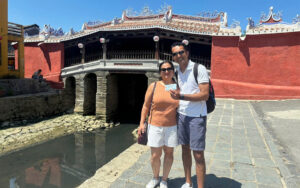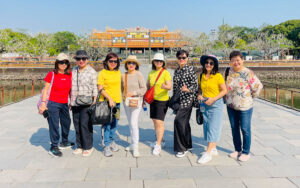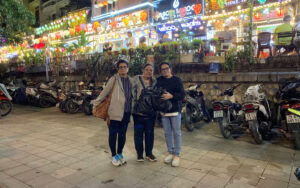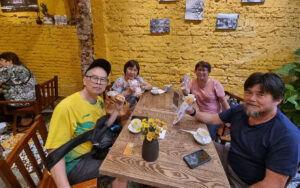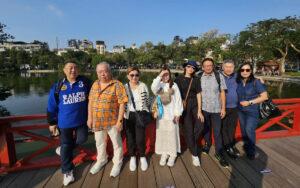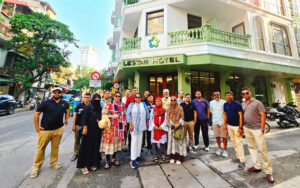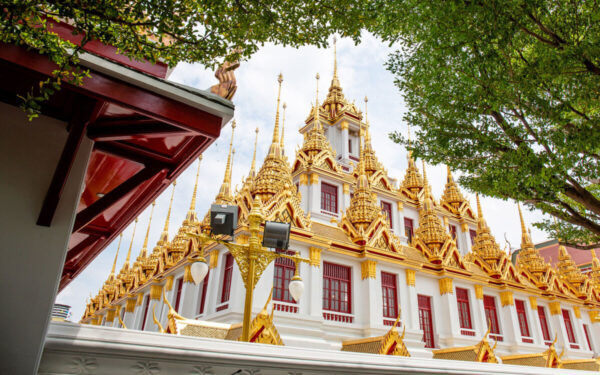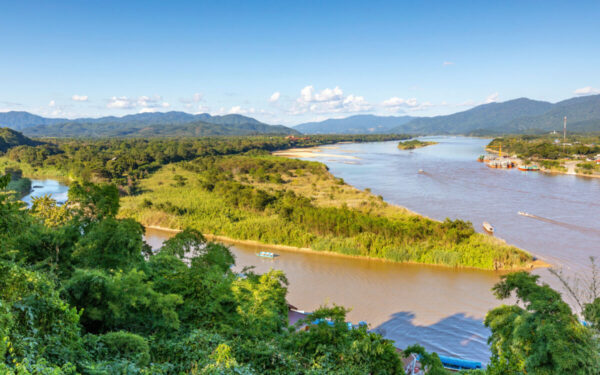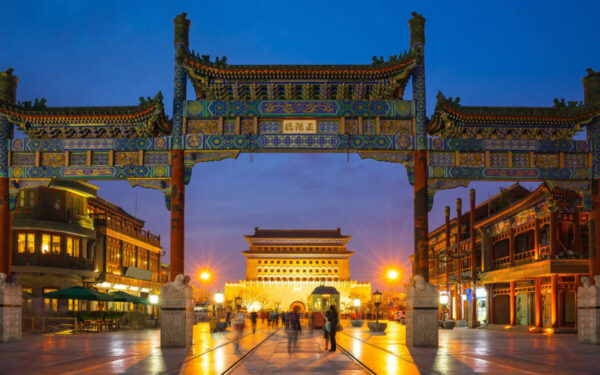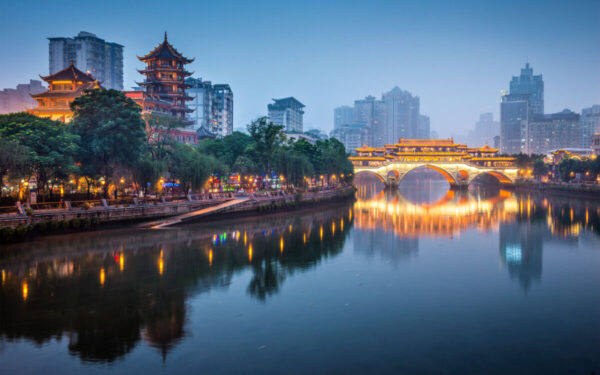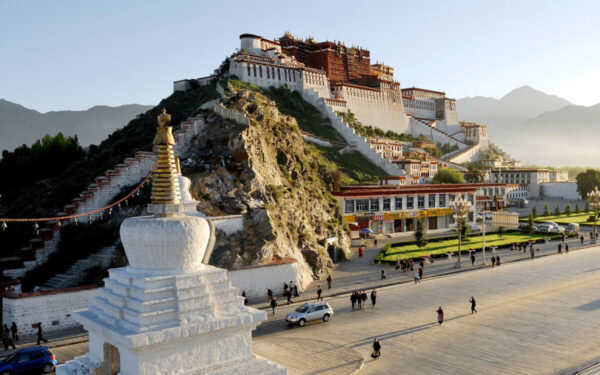The Central Sector of the Imperial Citadel of Thang Long, situated in the heart of Hanoi, Vietnam’s capital city, is the most important and best-preserved part of the ancient Imperial Citadel of Thăng Long. Serving as the center of the political power of Vietnam for nearly thirteen centuries without interruption, the Imperial Citadel is known for its permanence and continuity, as evidenced by its various levels of archaeology and monuments.
Overview of the Imperial Citadel of Thang Long
The origin of the Imperial Citadel of Thang Long dates back to the 7th century when Vietnam was under Chinese invasion. The citadel’s foundation was initially a Chinese fortress. In 1010, King Ly Thai To relocated the capital from Hoa Lu (Ninh Binh) to Dai La (former name of Hanoi) and renamed it Thang Long. The citadel was built on the very spot of the ruined fortress and served as the country’s center of political power for 13 consecutive centuries.
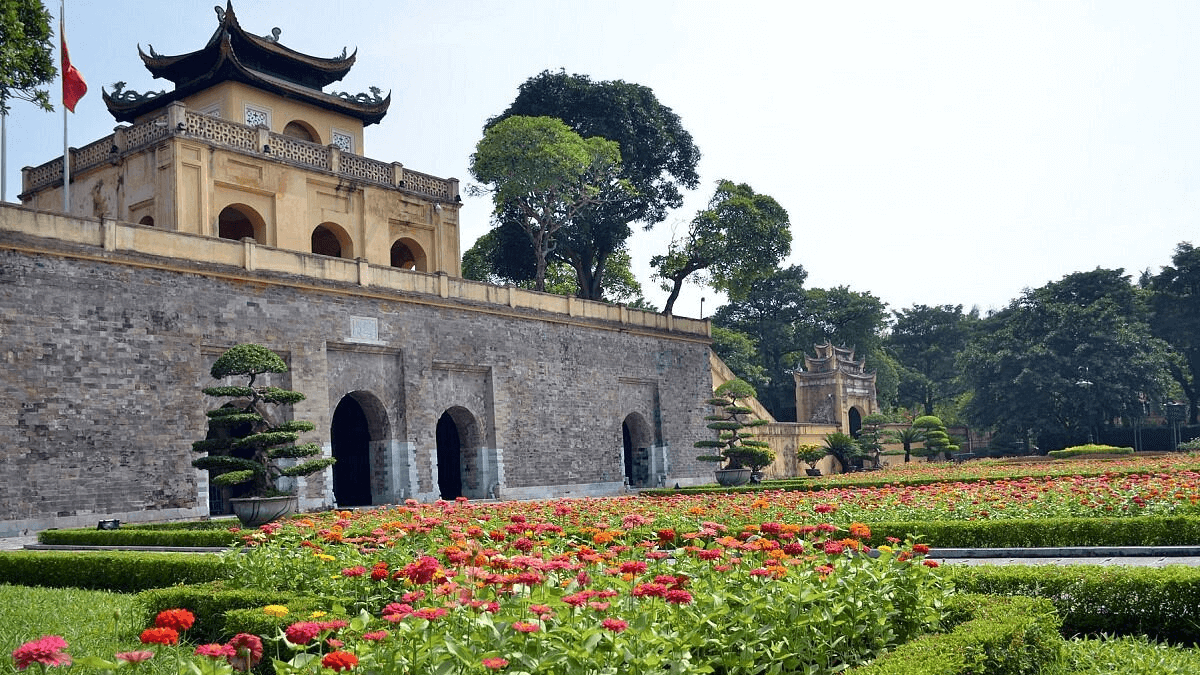
The Hanoi Imperial Citadel was expanded under Tran, Le, and Nguyen Dynasty, although it suffered great destruction during wartime. It remained the seat of the Vietnamese Court until 1810 when King Quang Trung moved the capital from Thang Long to Phu Xuan (now the Imperial City of Hue), and Thang Long ceased to be the capital of the country.
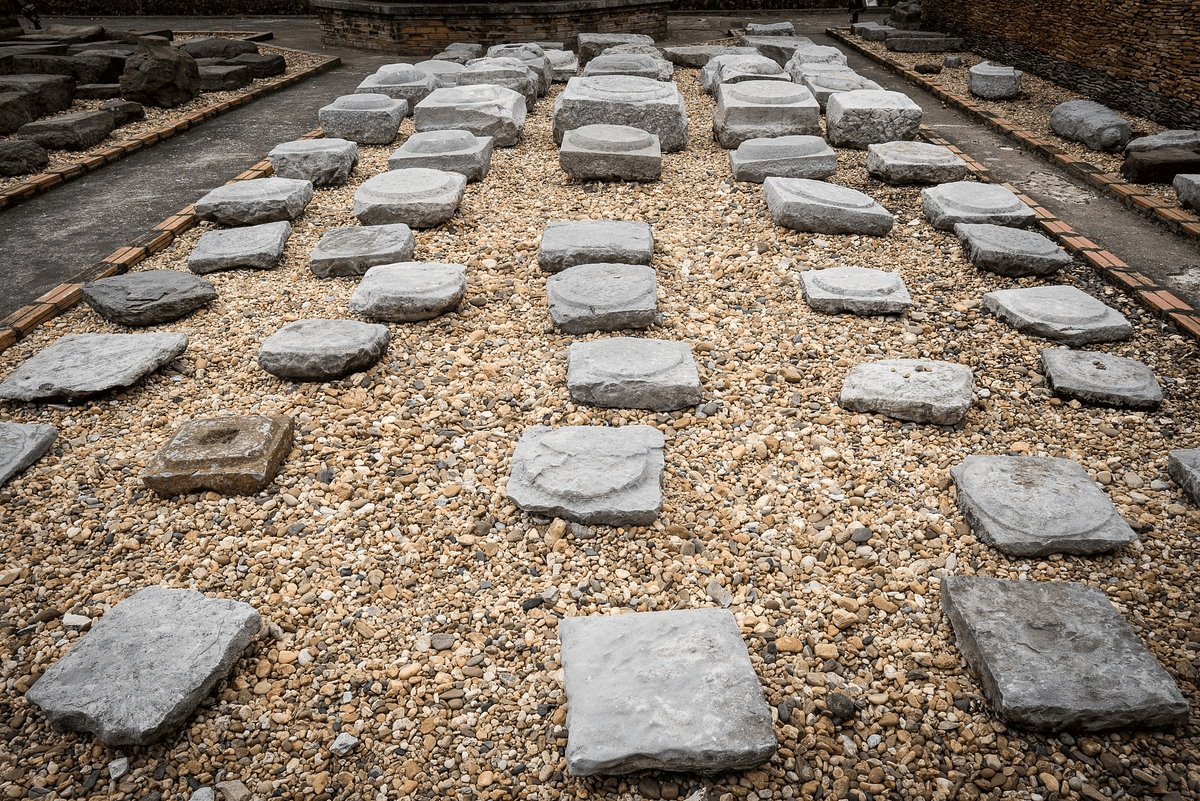
During the French colonial period, many of the royal palaces and other structures were severely damaged and torn down. In the 21st century, the ruin foundations of Thang Long Citadel Hanoi were systematically excavated. In 2010, the central part of Hanoi Imperial Citadel was recognized as one of the UNESCO Natural World Heritage Sites on the occasion of its 1,000th anniversary.
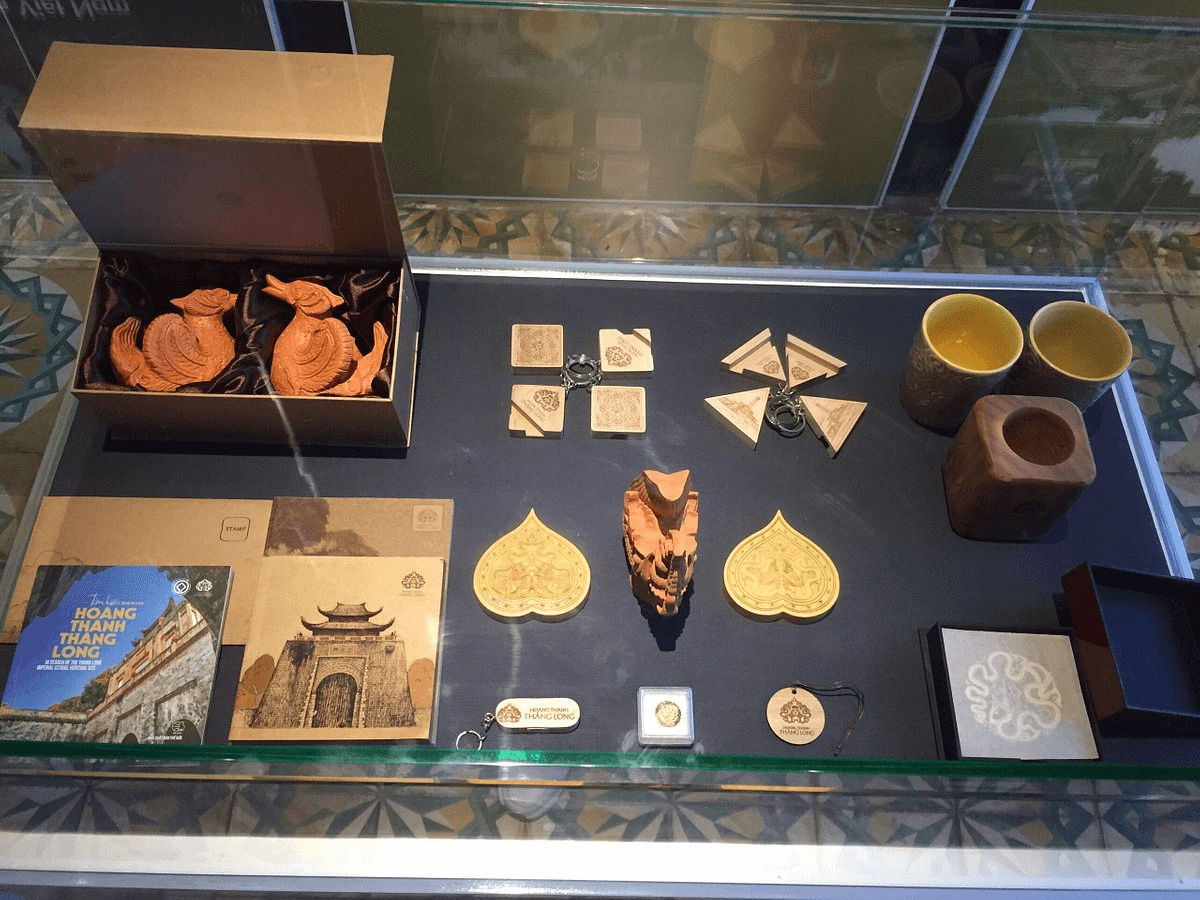
The Imperial Citadel of Thang Long is a popular tourist attraction not only of the capital city but also of the country as a whole. The Central Sector of the Imperial Citadel of Thang Long reflects a rich history of intercultural exchanges, heavily influenced by China to the north and the Champa Kingdom to the south. Although a large portion of the original structure was destroyed, recently discovered artifacts are expected to provide Vietnamese citizens and foreigners with a clearer understanding of the citadel.
Outstanding Tourist Spots in the Imperial Citadel of Thang Long
There are 5 significant sectors to the Imperial Citadel of Thang Long.
Hanoi Flag Tower (Ky Dai)
The Hanoi Flag Tower is widely known as one of the most iconic symbols of Hanoi City. With a height of 33.4 meters, this impressive structure includes four main parts: the base, second floor, third floor, and top. The third floor features four doors, each facing a different direction. At the top of the tower is a cylindrical pillar with the Vietnamese national flag flying atop it. Built in 1812 during the Nguyen Dynasty, Hanoi Flag Tower managed to withstand the French colonial period, during which it served as a military post.
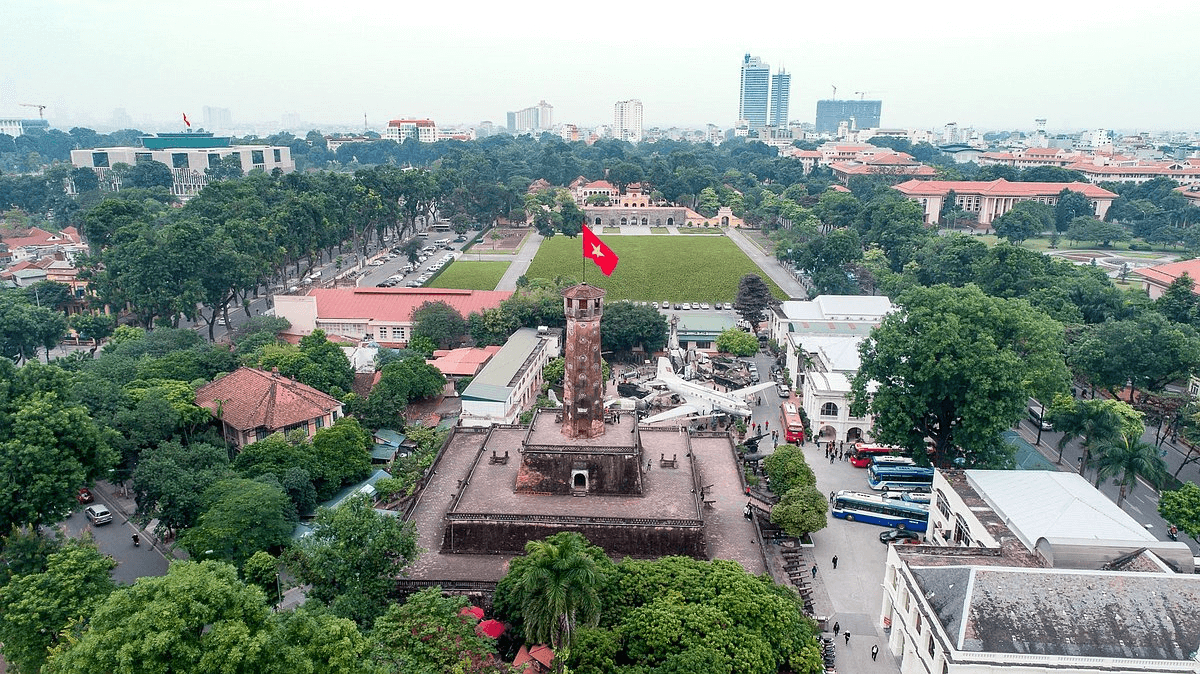
Kinh Thien Palace
Located in the heart of the Thang Long Citadel Hanoi, Kinh Thien Palace is the main relic in the complex. It was constructed in 1428 and served as a venue for imperial ceremonies and significant national events. The palace’s basement measured 57 meters in length, 41.5 meters in width, and 2.3 meters in height. While Kinh Thien Palace holds great cultural significance, only its steps remain to this day. Visitors can admire sophisticated green stone dragon statues along the stairs, considered a masterpiece of ancient Vietnamese architectural and artistic heritage, as well as the early Le dynasty’s sculpture art.
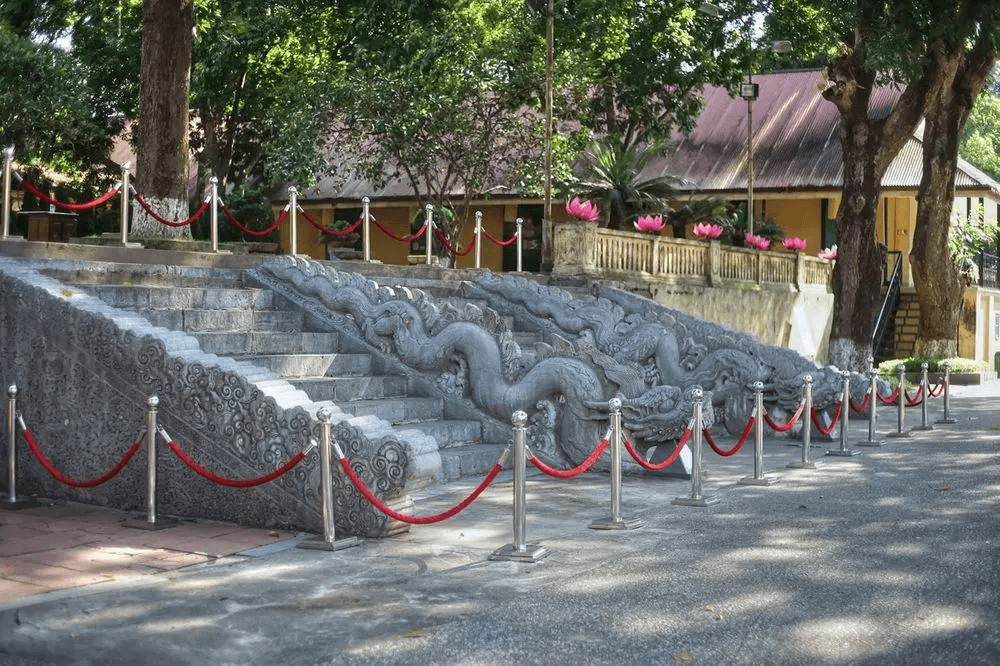
Main Gate (Doan Mon)
The Main Gate, built in the Le Dynasty, is located in the southernmost part of the Imperial Citadel of Thang Long. It served as the primary entrance, restricted to only the royal family. The gate consists of five smaller gates, with the centermost reserved for the emperor and the others used by members of the royal family or high-ranking officials. Today, the Main Gate is decorated with lotus-shaped lanterns and is illuminated at night, providing a mystical beauty to the Citadel.
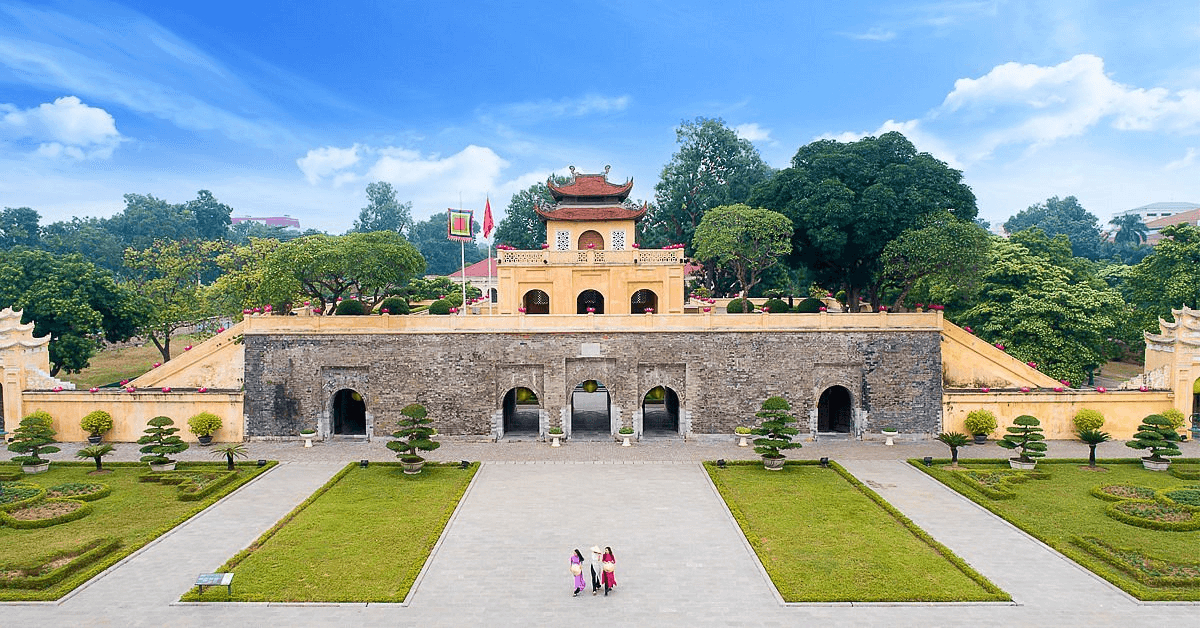
North Gate (Bac Mon)
North Gate is on the north side of the Imperial Citadel of Thang Long. It is one of the two remaining gates of the Citadel, along with the Main Gate. Built with brick and arches of stone, the gate is a testament to the ingenuity of the architects that designed and constructed it. Nowadays, the North Gate serves as a site of worship for two former governors of Hanoi, Nguyen Tri Phuong and Hoang Dieu, who remained loyal to the Vietnamese court during the invasion of the French colonists in the 19th century.
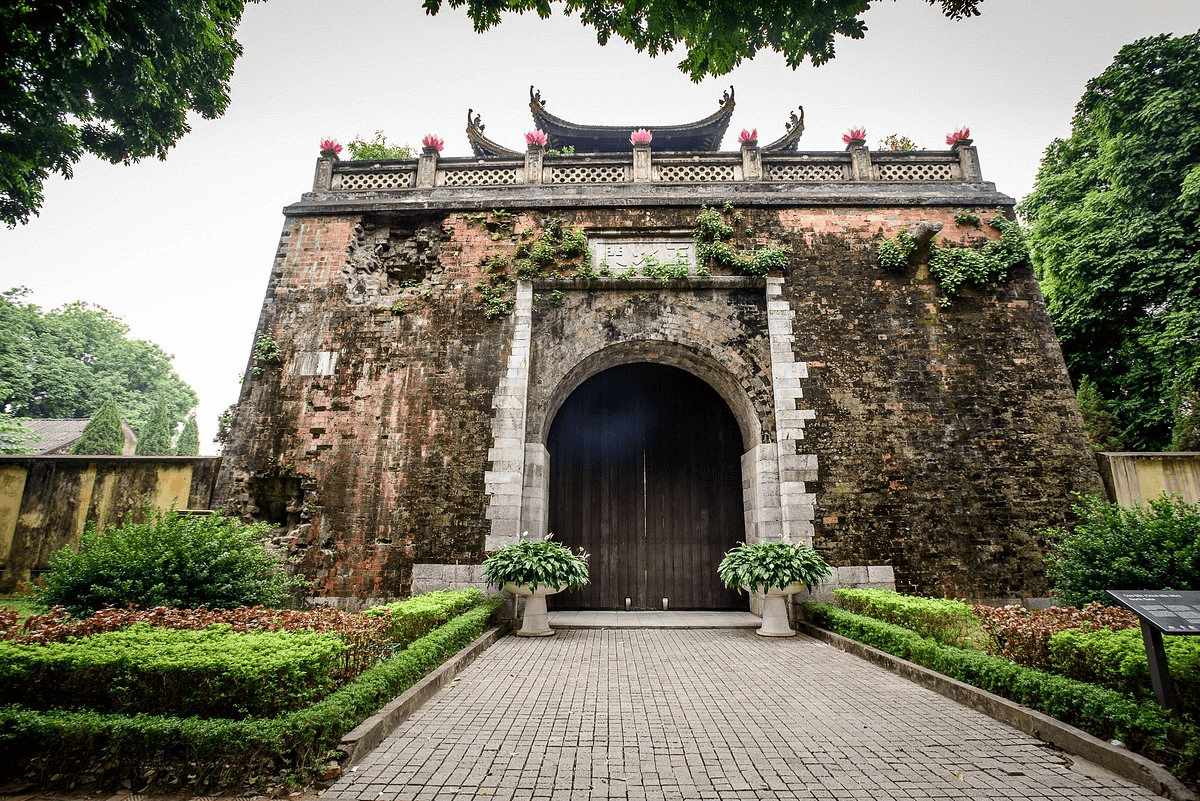
Rear Palace (Hau Lau)
Rear Palace, also known as the Northern Palace or the Palace of Princess, was constructed of brick, consisting of a basement and three floors above. The palace was originally built for the use of princesses and queens. In the late 19th century, Rear Palace sustained significant damage, after which the French rebuilt the monument to its current form.
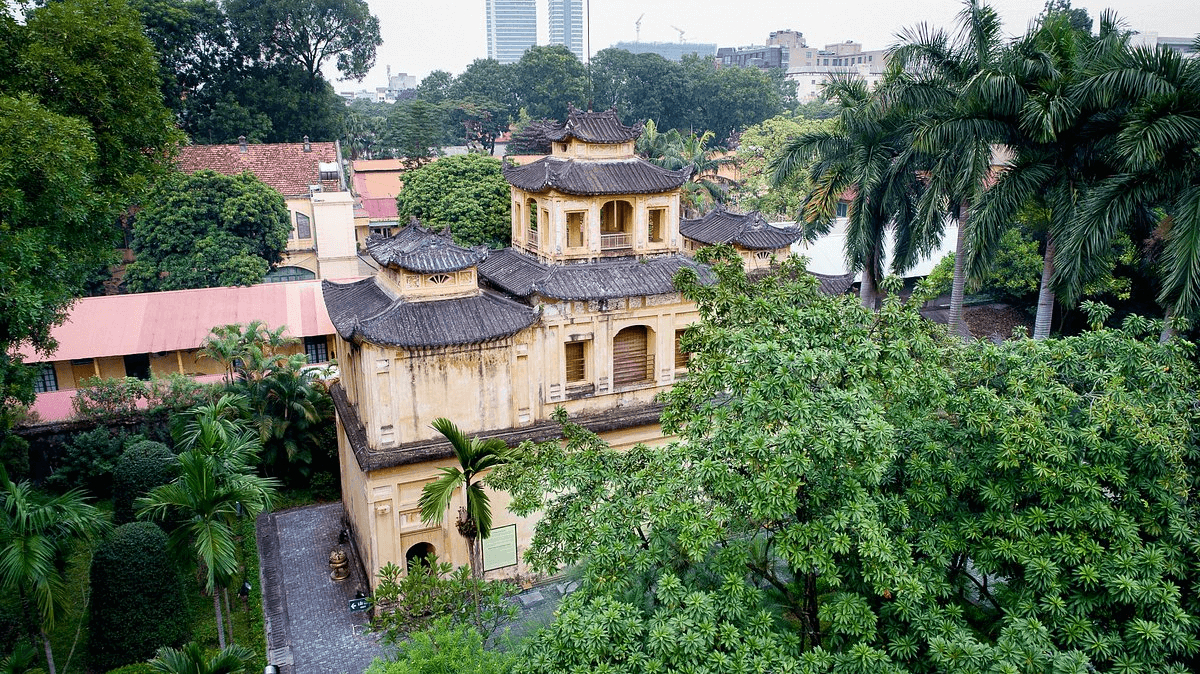
Building D67 and Bunker
From 1954 to 1975, the Citadel (coded D67) served as the headquarters for the Vietnamese People’s Army. It is located north of Kinh Thien hall and features a modern architectural style with a 60-centimeter wall and a soundproofing system. Notably, the site includes a connecting tunnel for emergency evacuation. Inside are various rooms with different purposes, such as meeting rooms, break rooms, and working rooms.
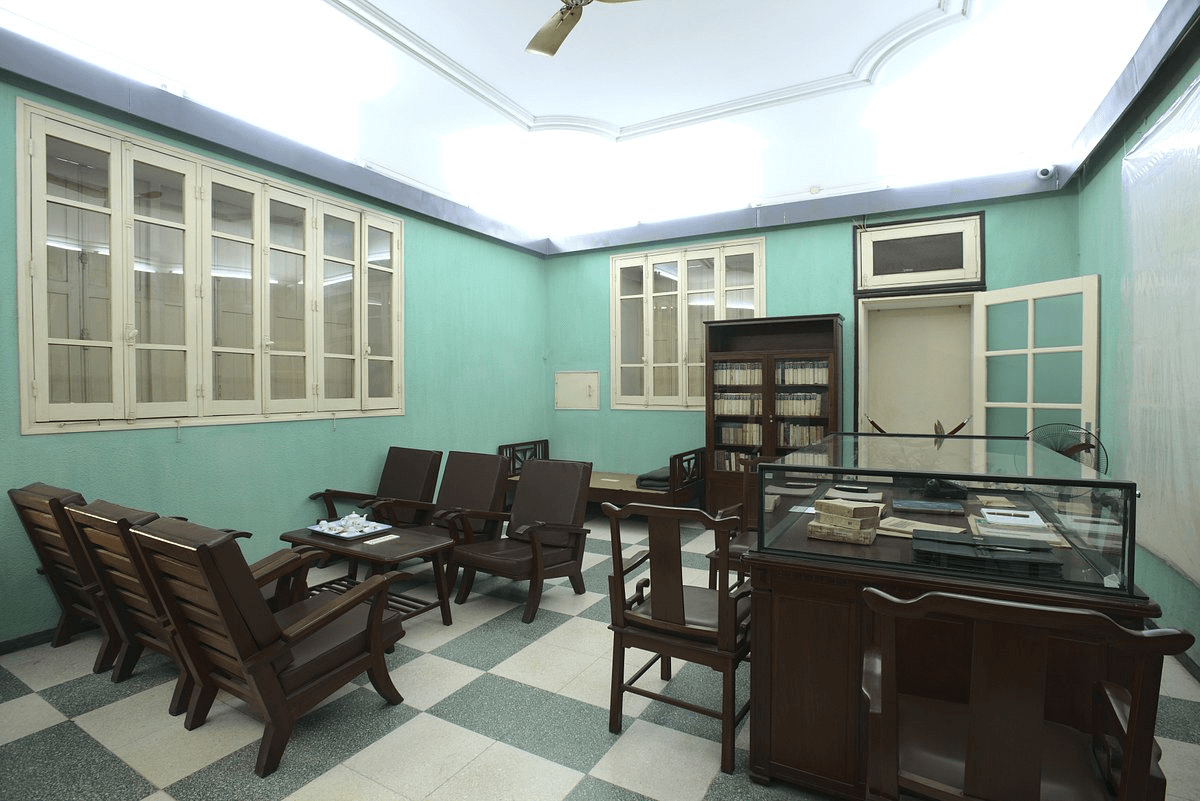
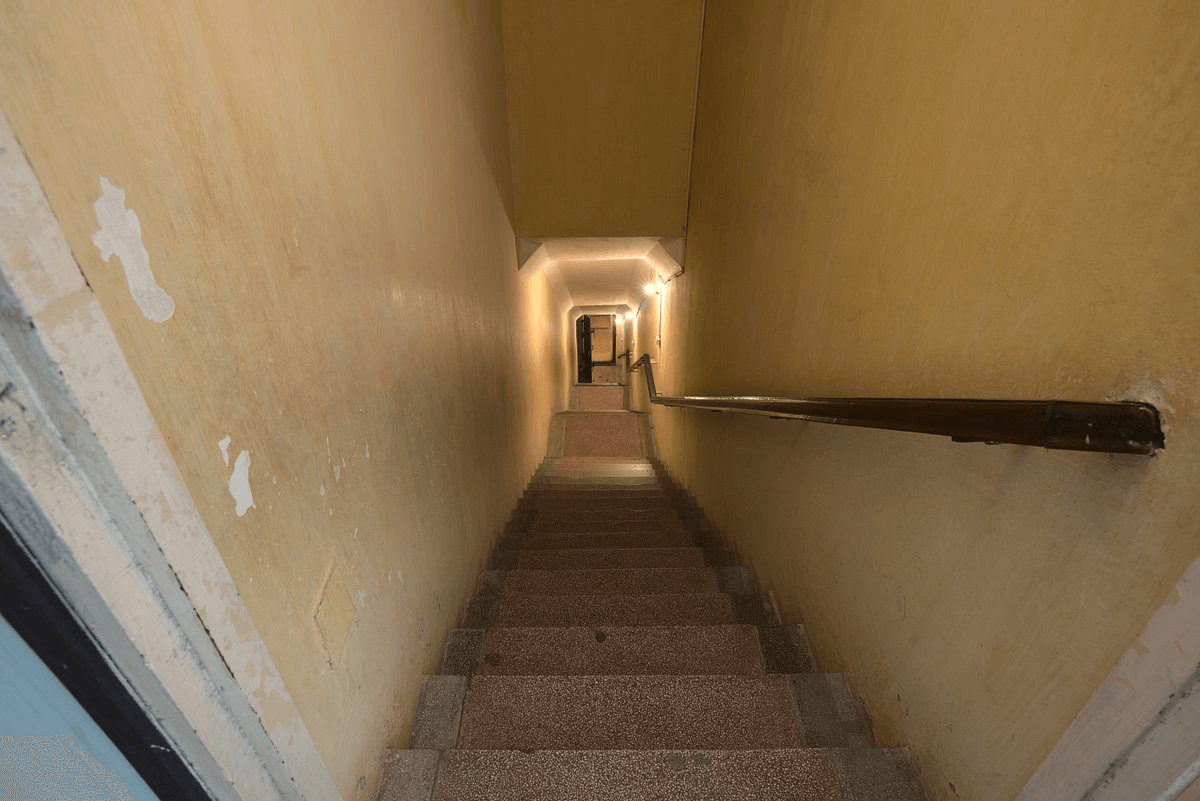
Visitors can view artifacts from the Vietnam War, such as soundproof doors, maps, telegraphs, and aircraft notice boards. This relic is an excellent destination for anyone interested in the history of the Vietnam War.
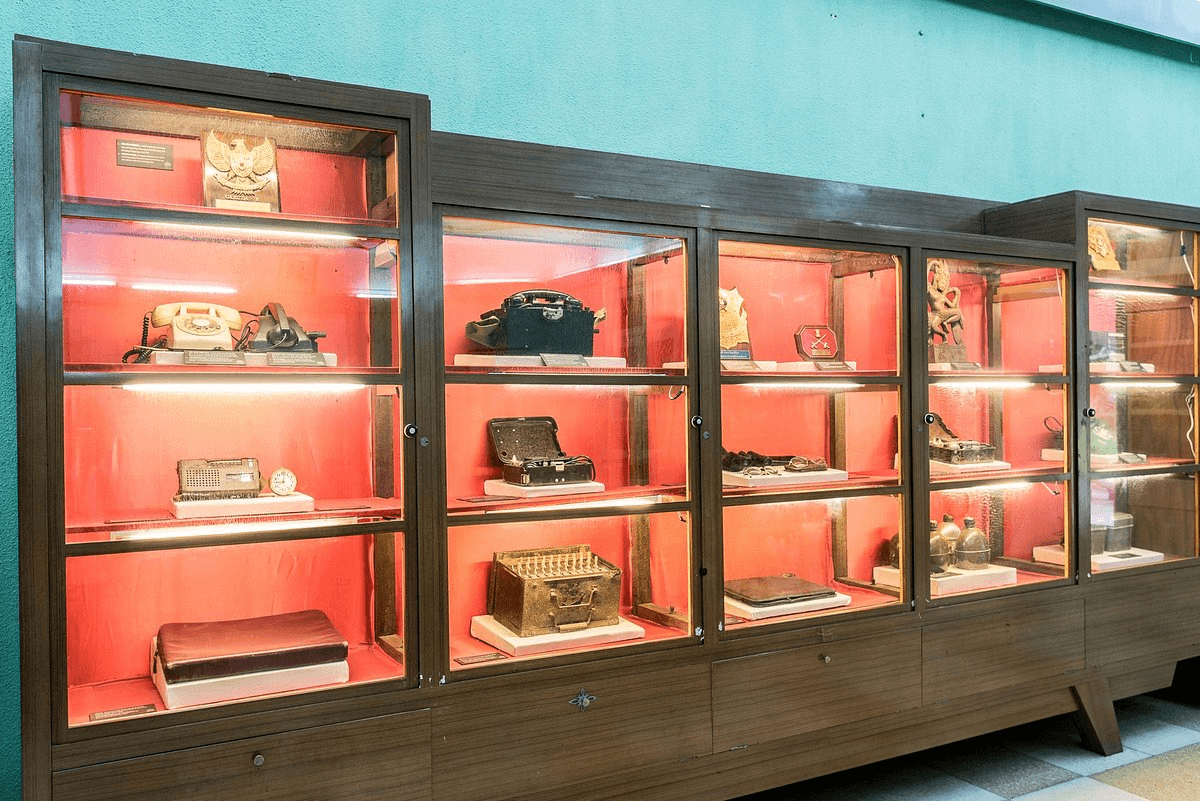
Tips and notes
There are only a few things to bear in mind before visiting the Imperial Citadel of Thang Long.
- In early 2022, a night tour called “Decoding the Imperial Citadel of Thang Long” was launched. This tour takes visitors through important landmarks with worshiping and performing activities along the way. It is worth a try because you can walk around the citadel at the best time and experience the unique golden light and tranquility of the night.
- The Imperial Citadel of Thang Long is a large area, so if you visit during the day, remember to bring sun protection like hats, umbrellas, and water.
- There are some nice cafes on the campus where you can sit under big trees and enjoy a drink while feeling the peaceful vibes.
- Proper dress is required, so avoid shorts, miniskirts, tank tops, and transparent clothing.
- The archeological site is just across the road, so don’t miss it when visiting the citadel.
Hopefully, the information provided by Asia Legend Travel above is helpful for you to plan a trip there. The Imperial Citadel of Thang Long is a remarkable historical site in Hanoi. As a UNESCO-listed Heritage Site, it is worth a visit for anyone staying in Vietnam. The excavated items and mock-ups of the citadel are fascinating and will give you a better understanding of Vietnamese culture and history spanning thousands of years. So, what are you waiting for? Pack you bag and start your trip to this fantastic destination right away!
